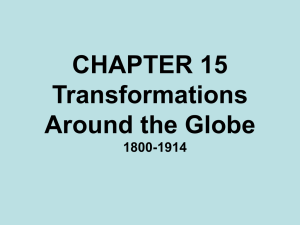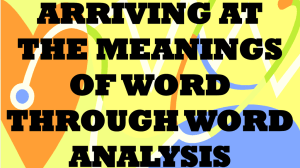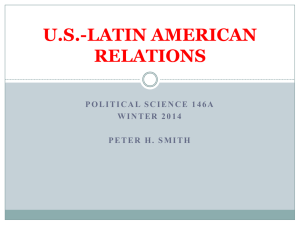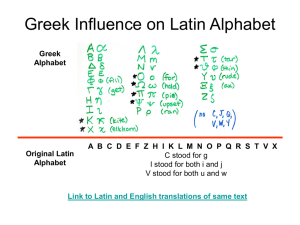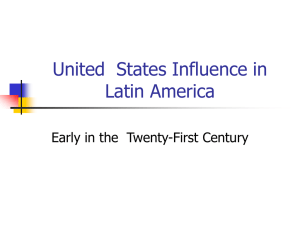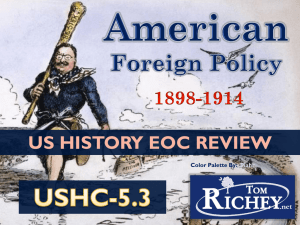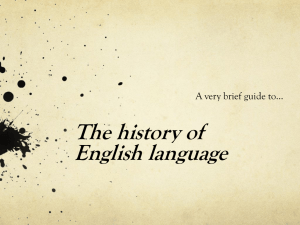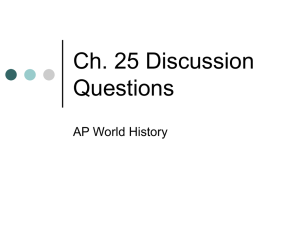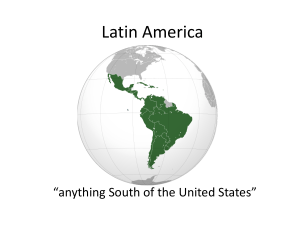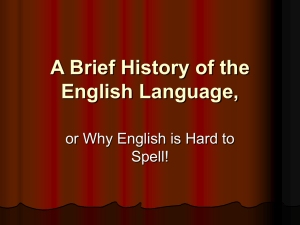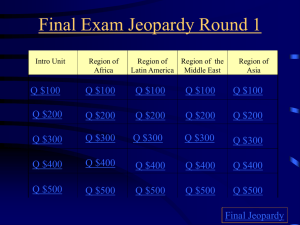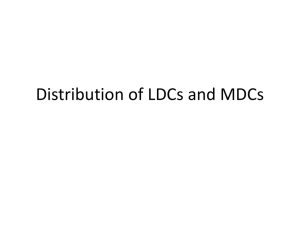Giovanna Marotta Talking Stones. Phonology in Latin Inscriptions
advertisement
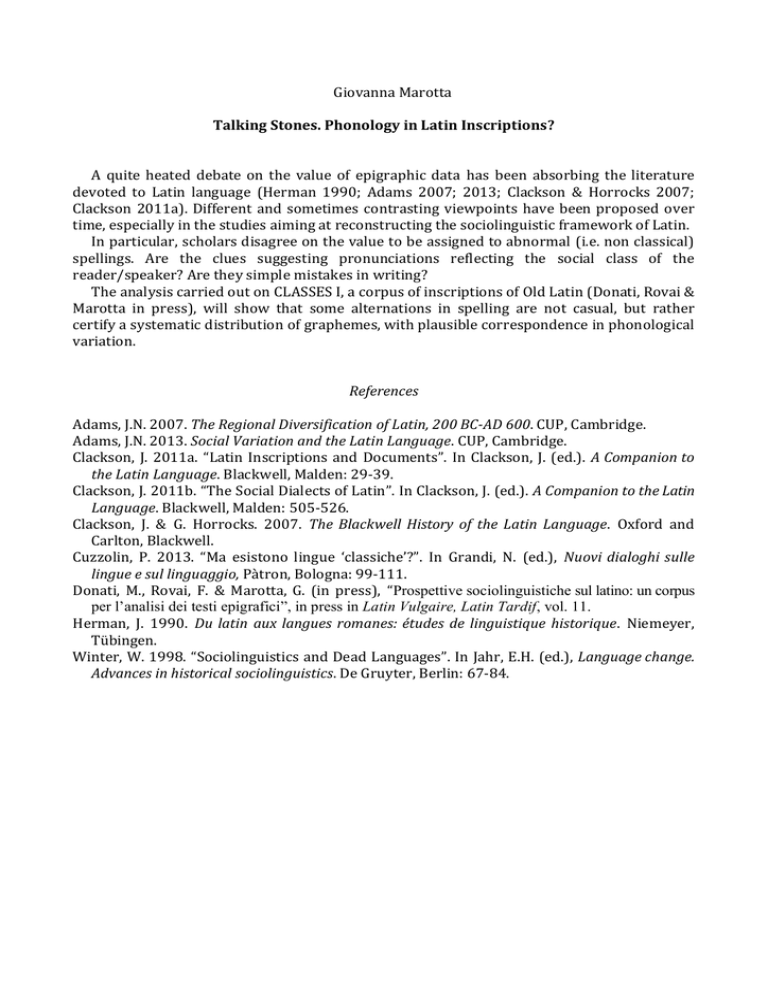
Giovanna Marotta Talking Stones. Phonology in Latin Inscriptions? A quite heated debate on the value of epigraphic data has been absorbing the literature devoted to Latin language (Herman 1990; Adams 2007; 2013; Clackson & Horrocks 2007; Clackson 2011a). Different and sometimes contrasting viewpoints have been proposed over time, especially in the studies aiming at reconstructing the sociolinguistic framework of Latin. In particular, scholars disagree on the value to be assigned to abnormal (i.e. non classical) spellings. Are the clues suggesting pronunciations reflecting the social class of the reader/speaker? Are they simple mistakes in writing? The analysis carried out on CLASSES I, a corpus of inscriptions of Old Latin (Donati, Rovai & Marotta in press), will show that some alternations in spelling are not casual, but rather certify a systematic distribution of graphemes, with plausible correspondence in phonological variation. References Adams, J.N. 2007. The Regional Diversification of Latin, 200 BC-AD 600. CUP, Cambridge. Adams, J.N. 2013. Social Variation and the Latin Language. CUP, Cambridge. Clackson, J. 2011a. “Latin Inscriptions and Documents”. In Clackson, J. (ed.). A Companion to the Latin Language. Blackwell, Malden: 29-39. Clackson, J. 2011b. “The Social Dialects of Latin”. In Clackson, J. (ed.). A Companion to the Latin Language. Blackwell, Malden: 505-526. Clackson, J. & G. Horrocks. 2007. The Blackwell History of the Latin Language. Oxford and Carlton, Blackwell. Cuzzolin, P. 2013. “Ma esistono lingue ‘classiche’?”. In Grandi, N. (ed.), Nuovi dialoghi sulle lingue e sul linguaggio, Pàtron, Bologna: 99-111. Donati, M., Rovai, F. & Marotta, G. (in press), “Prospettive sociolinguistiche sul latino: un corpus per l’analisi dei testi epigrafici”, in press in Latin Vulgaire, Latin Tardif, vol. 11. Herman, J. 1990. Du latin aux langues romanes: études de linguistique historique. Niemeyer, Tübingen. Winter, W. 1998. “Sociolinguistics and Dead Languages”. In Jahr, E.H. (ed.), Language change. Advances in historical sociolinguistics. De Gruyter, Berlin: 67-84.
